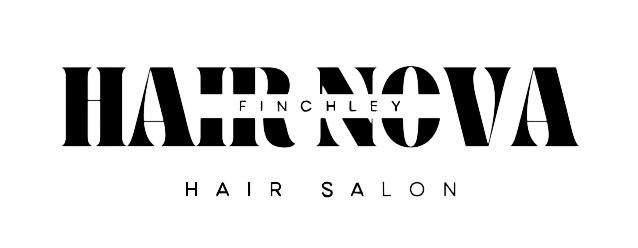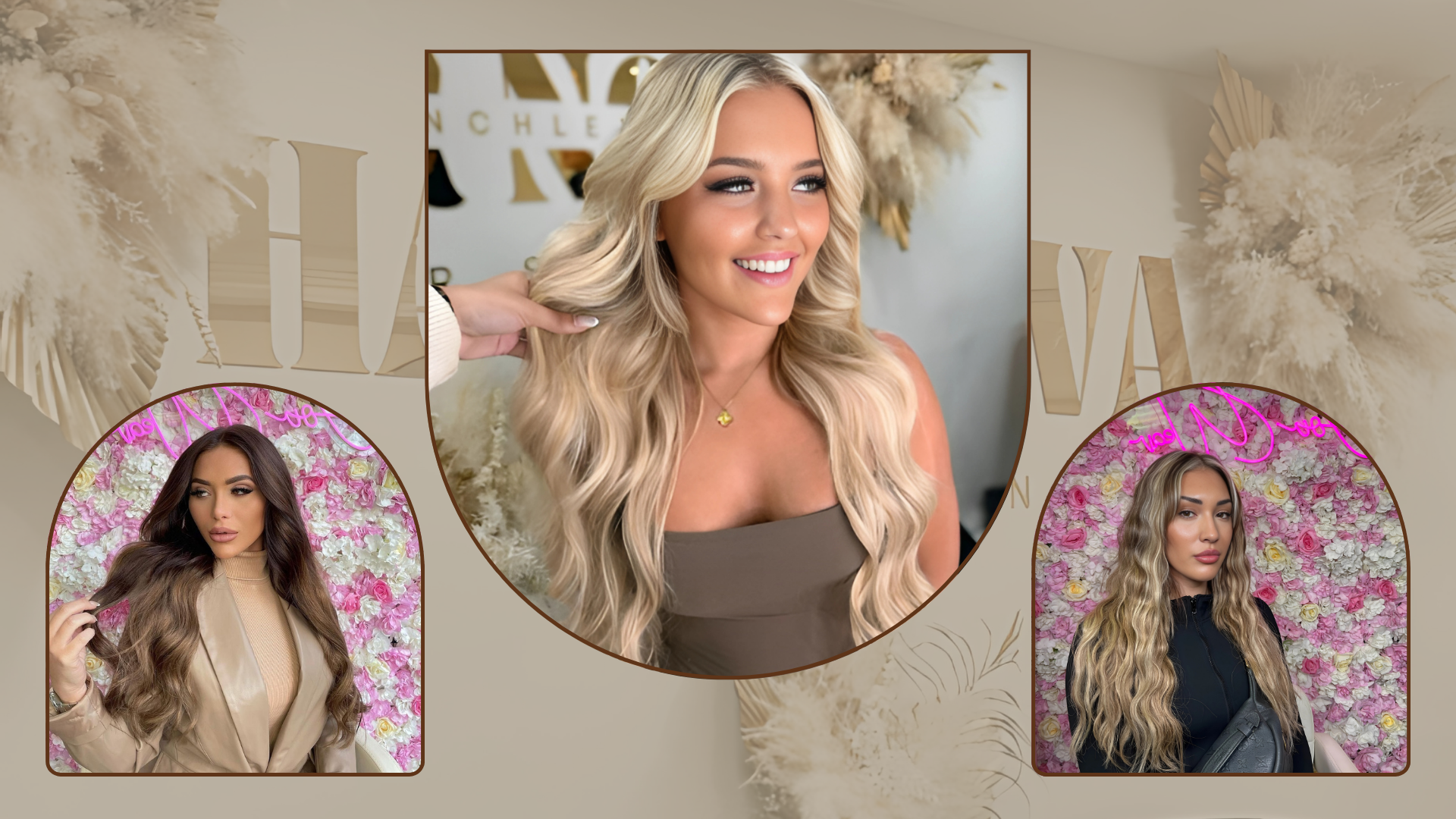Hair extensions can absolutely transform your look. Whether you’ve gone for length, volume, or just fancy a change without committing to the chop or colour, they’re a game-changer. Whether you’ve had yours fitted professionally at a hair extension salon, once you’ve invested in gorgeous, flowing locks, there’s one thing you need to know: how to style hair extensions safely.
Because here’s the thing – while extensions might blend seamlessly with your natural hair, they don’t always behave the same way. And if you treat them like your usual strands (especially when heat styling), you could be heading for a dry, frazzled disaster. No one wants that.
In this guide, we’re diving into the do’s and don’ts of curling, straightening, and generally zhuzhing up your hair extensions — without damaging them in the process. So, if you’re ready to become a pro at protecting your new tresses while still looking fabulous, read on.
Know What You’re Working With
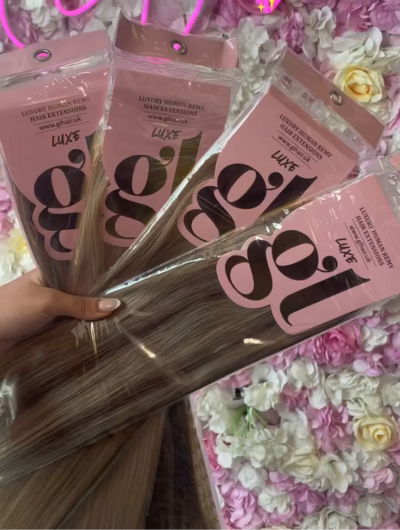
Before you even think about plugging in your straighteners, the first step is to understand what type of extensions you’re working with. Are they:
- Human hair extensions (like Remy or Virgin hair)?
- Synthetic hair extensions?
- A blend of both?
This matters a lot. Human hair extensions can usually be heat-styled just like your own hair (within reason). But synthetic extensions? They’re a whole different story. Many synthetic fibres can melt or become misshapen with heat. Unless your synthetic set is specifically labelled as “heat-friendly” or “heat-resistant”, it’s best to avoid heat styling altogether.
When in doubt, always check the label or ask your stylist or hair extension supplier.

Rule Number One: Always Use a Heat Protectant.
Let’s say it louder for the people in the back: you must use a heat protectant spray every single time you apply heat to your extensions.
Even the highest-quality human hair extensions don’t receive natural oils from your scalp, which means they’re more prone to drying out. A good heat protectant will act as a barrier between the hair and the heat, helping reduce moisture loss and preventing split ends and breakage.
Top tip? Look for a lightweight, silicone-free formula that won’t weigh your extensions down. Spray it generously from mid-length to ends, and don’t forget to brush through for even distribution.
Styling Rulebook: Curling Hair Extensions
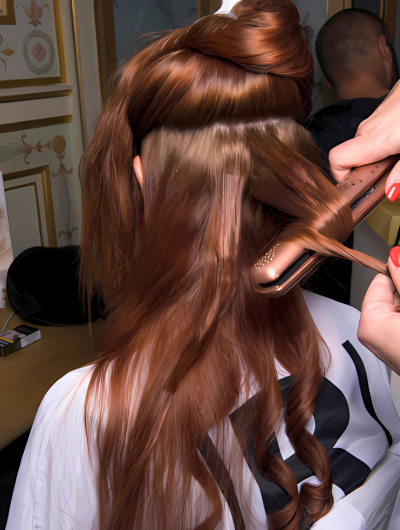
Curling your hair extensions is a brilliant way to add bounce, movement, and a bit of glamour. But here’s how to style hair extensions safely when creating those perfect curls:
Go Low and Slow with Heat: Avoid cranking your curling wand or tong up to the highest setting. Stick to 160–180°C for human hair extensions. If you’re using a heat-resistant synthetic set, go even lower — around 120–130°C.
Section Properly: Clip your hair into manageable sections and curl small pieces at a time. This not only gives you more uniform curls but also means you don’t need to hold the heat on any one section for too long.
Don’t Hold for Too Long: 5–8 seconds is more than enough. Holding the hair on the wand for too long is a one-way ticket to dryness and potential damage.
Let the Curls Cool Before Touching: Once you release a curl, cup it in your palm and let it cool in shape for a few seconds before letting it drop. This helps set the curl and gives longer-lasting results.
Skip the Daily Heat: Try not to curl your extensions every day. Over time, even with protectant, heat styling can shorten their lifespan. Mix it up with heatless styles (like overnight braids or rollers) for more longevity.

Straightening Extensions Without the Stress
Whether you’re going for that sleek, pin-straight look or just trying to smooth things out, here’s how to straighten and style hair extensions safely:
Use Ceramic or Tourmaline-Plated Straighteners
These materials are gentler on hair and distribute heat more evenly than older metal plates. Less hot-spotting = less damage.
Brush Before You Straighten: Use a wide-tooth comb or a detangling brush to gently remove knots before going in with heat. Tension plus tangles can cause serious breakage.
Start Low, Then Adjust: Begin at the lowest effective heat setting and only go higher if absolutely necessary. Again, 160–180°C should do the job for most human hair extensions.
Don’t Linger: Glide the straightener down the hair in one smooth motion — no stopping, clamping, or “ironing” the same section multiple times.
Always Protect the Bonds: If your extensions are tape-in, micro-ring, or bonded, avoid going too close to the roots or the bond area with your straighteners. Excessive heat can weaken the adhesive or cause slippage.
Styling Dos and Don’ts Beyond Heat
Not every styling session has to involve heat — in fact, incorporating non-heat styles is one of the smartest ways to style hair extensions safely.
Dos:
- Do braid your hair at night to prevent tangling and wake up with lovely waves.
- Do use silk or satin pillowcases to reduce friction while you sleep.
- Do use accessories mindfully — fabric-covered scrunchies, soft hairbands, and gentle clips are all extension-friendly.
Don’ts:
- Don’t overload your extensions with heavy products. They can weigh the hair down and cause buildup, making the hair look limp or greasy.
- Don’t backcomb too aggressively. If you love a bit of volume, try root powders or gentle teasing instead of hard brushing.
- Don’t use excessive hairspray or sticky styling products. They often contain alcohol, which dries out extensions and makes them tangle more easily.
Choosing the Right Tools
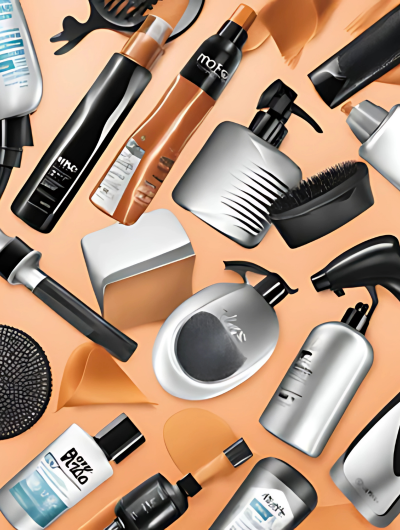
Your heat styling tools matter just as much as your technique. Here’s what to look for:
- Adjustable heat settings – so you can stay in the safe zone.
- Smooth, snag-free plates or barrels – no tugging or pulling.
- Auto shut-off – because safety first!
- Size matters – thinner barrels for tighter curls; thicker ones for soft waves. Wide straighteners are great for long extensions.
Also, consider investing in heatless styling tools like foam rollers, satin flexi-rods, or even overnight twist braids if you’re after curls without the damage.

Washing and Prepping Before Styling
It might sound basic, but how you prep your extensions makes all the difference when it comes to safe styling.
Wash Less, But Wash Well: Extensions don’t need washing as often as your natural hair. When you do wash them (or your whole head, if they’re permanent), use sulphate-free, extension-safe shampoos and follow up with a deep conditioning treatment.
Fully Dry Before Styling: Never apply heat to wet or damp extensions unless you’re using a dryer with a heat-protecting nozzle and a round brush. Styling damp hair can cause serious internal fibre damage.
Detangle Gently: Start at the ends and work your way up with a loop brush or wide-tooth comb. Be gentle, especially around the bonds or clips.
quick-tips-for-clip-ins-tape-ins-and-more
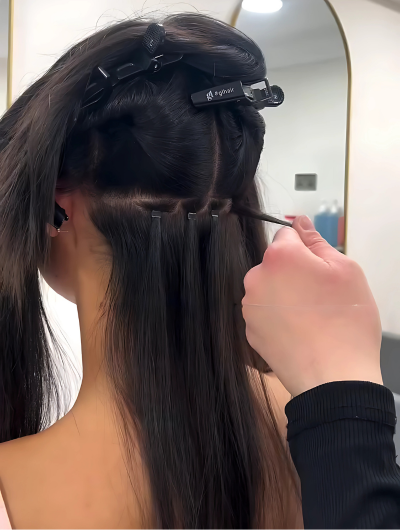
How you style hair extensions safely can vary slightly depending on the method you’re using:
- Clip-Ins: Always remove them before sleeping. When curling or straightening, style them before clipping them in to make it easier and quicker.
- Tape-Ins: Avoid oil-based products near the root. When using straighteners or curling wands, steer clear of the adhesive area to keep the bond secure.
- Micro-Rings or Nano-Rings: Be gentle around the rings — especially with Nano & Micro Ring Hair Extensions. Use sectioning clips and don’t drag tools over them.
Weave/Weft Extensions: Make sure the base braids are dry before styling. Wet base + heat = mould or irritation risk.

Maintaining That Styled Look for Longer
You’ve taken the time to curl or straighten your extensions beautifully — now let’s keep them looking that way:
- Use a light finishing serum or hair oil (just a tiny bit!) to smooth flyaways.
- Lock in curls with a flexible hold hairspray that doesn’t dry the hair.
- Sleep with hair in a loose braid or silk wrap to protect the shape and reduce frizz.
- Store clip-ins properly — hang them or keep them flat in a storage box to avoid creasing.
Treat Them Like the Luxury They Are
Hair extensions aren’t cheap, and they certainly deserve better than being blasted with heat daily without protection. Whether you’re going for big curls, poker-straight chic, or a trendy updo, the golden rule is the same: style hair extensions safely and they’ll last longer, look better, and feel healthier.
It’s all about balance. Heat styling can absolutely be part of your beauty routine, but it should never come at the cost of quality or condition. And luckily, with so many brilliant tools and products out there — not to mention clever heatless techniques — looking after your extensions is easier than ever.
So go on, curl, straighten, swish, and slay — just do it safely. Your future self (and your future hairstyle) will thank you.
FAQ
Can I use heat styling tools on all types of hair extensions?
Not always. You can safely use heat on 100% human hair extensions, but most synthetic extensions are not heat-resistant and may melt or become damaged. Always check the label or ask your hair extension salon before applying heat.
What’s the safest temperature for curling or straightening hair extensions?
For human hair extensions, keep your styling tools between 160°C and 180°C. For heat-resistant synthetic extensions, stay around 120°C–130°C to avoid damage.
Is it better to curl extensions before or after applying them?
For clip-ins, it’s often easier to curl them before clipping them in. For semi-permanent methods like tape-ins or micro-rings, style them while installed but avoid applying heat near the bonds.
How can I make my curls last longer in extensions?
Use a flexible-hold hairspray, let curls cool before brushing them out, and avoid touching them too much. Sleeping in a silk wrap or braid also helps preserve the shape.
Can I go to any salon to style my extensions?
It’s best to visit a hair extension salon that specialises in extensions. They understand the specific care needed to style and maintain them safely.
